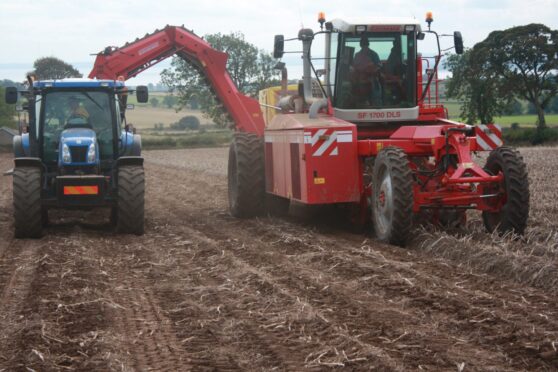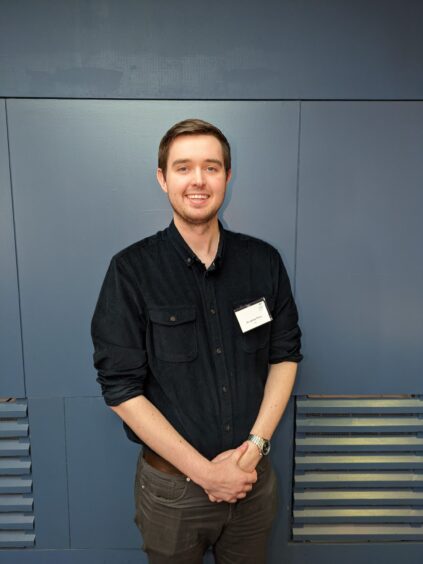The existential threat posed to its future production by Potato Cyst Nematode (PCN) was centre stage at a growers conference this week.
With Scottish seed accounting for 80% of the potatoes grown in GB, fears that the spread of PCN – particularly the pallida strain – in the heartlands of seed production could see an end to the country’s seed sector by 2050 resulted in a major research project being set up to address the issue in 2021.
Initially backed by £2.3 million of Scottish Government funding, growers heard that the project – currently half way through its five year run – had already resulted in “phenomenal progress” in understanding the pest and drawing together approaches which could help ameliorate the problem.
Project lead, Dr James Price, highlighted the scale of the problem at the SAC Association of Potato Producers (SACAPP) conference in Dundee and outlined a series of measures which the project had identified as being key to addressing the problem.
These included a thorough economic assessment of the economic value of the potato sector and the impact of PCN, to help assess the effectiveness of different PCN control options and to create an effective decision support system to back this up.
“And the development of markers for genetic resistance to PCN along with the introduction of new genes from wild potato varieties into pre-breeding programmes should help ensure the viability of long-term resistance, especially when used in conjunction with new accelerated breeding techniques,” said Dr Price.
He also said getting new varieties which were acceptable to both supermarket buyers and growers would play a key role in addressing the problem – as many of the varieties currently favoured by retail buyers were not resistant to pallida:
“We also need to understand the difference between resistance and tolerance – for while resistant varieties can be fantastic at reducing the problem, this can sometimes be at the cost of yield.”
But he said that new varieties which were both resistant and tolerant were beginning to gain acceptance by supermarket buyers, offering a good opportunity for growers.
Addressing groundkeepers and volunteer potatoes was another important issue – with non resistant varieties resulting in further multiplication of PCN numbers while resistant groundkeepers could, he speculated, see that resistance challenged.
However he warned that while progress was being made, it was less clear if this was keeping up with the growing challenges presented by the pest – which continued to tighten its stranglehold on the industry.
And the range of scenarios which could face the industry in the future was presented to conference delegates by leading agricultural economist, Professor Steven Thomson who previewed a new piece of computer modelling which was set to be made available on-line shortly which would allow growers to input their own production figures, allowing them to assess the effects of different scenarios on costs and profitability levels.

